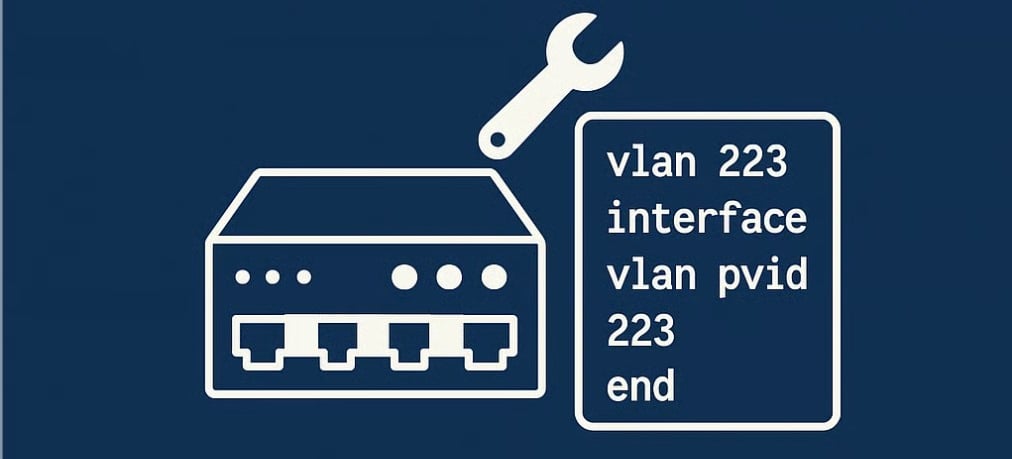Resolving VLAN Configuration Errors on Teja's L3 Switches
7/29/20252 min read


Introduction to VLAN
A VLAN (Virtual Local Area Network) is a logical grouping of devices within a larger physical network. It allows network administrators to segment traffic, improve performance, and enhance security — all without changing the physical wiring. Instead of having all devices communicate on the same broadcast domain, VLANs divide the network into smaller, isolated segments, so only specific devices can interact with each other.
Understanding VLAN Setup on Tejas L3 Switches
Virtual LANs (VLANs) play a crucial role in modern network design, offering segmentation, better traffic management, and enhanced security. However, misconfigurations can cause VLAN-related issues — especially when working with advanced Layer 3 (L3) switches like the Tejas Networks L3 switch. This guide walks you through resolving common VLAN configuration errors, with a focus on correcting issues related to VLAN 223.
Common VLAN Configuration Errors on Tejas L3 Switches
Network engineers often encounter the following mistakes:
VLAN not created or added to the VLAN database.
Incorrect Port VLAN ID (PVID) assignment.
VLAN not included in the interface’s VLAN participation list.
Configuration not saved correctly, causing changes to reset on reboot.
These issues result in untagged or misrouted packets, leading to network communication failures.
Step-by-Step Guide to Fix VLAN 223 Configuration
Here’s how to correctly configure VLAN 223 on a Tejas L3 switch:
Step 1: Access VLAN Database
Start by entering VLAN configuration mode:
#vlan database
Step 2: Create VLAN 223 and Name It
Create VLAN 223 and assign it a descriptive label:
#vlan 223
#vlan name 223 Data
Step 3: Configure the Interface
Assign the VLAN to a specific interface (example: port 1/0/2):
#interface 1/0/2
Step 4: Set PVID for the Port
Set the default VLAN for untagged traffic:
#vlan pvid 223
Step 5: Include VLAN 223 in Participation
Ensure the interface includes VLAN 223:
#vlan participation include 223
Step 6: Save the Configuration
End the session and save the changes permanently:
#end
#write memory confirm
EXAMPLE :
Configure Trunk Port (Port 1/0/48 to Pass VLANs):
Notes:
Always verify VLAN participation using show vlan or show running-config.
Trunk ports require both tagging and participation to pass VLANs.
PVID is used to define default VLAN for untagged ingress traffic.
Final Thoughts
Fixing VLAN configuration issues on a Tejas L3 switch doesn't need to be complicated. By following this step-by-step guide, especially for VLAN 223, you can:
Restore normal network communication,
Avoid VLAN tagging issues,
Maintain a reliable and secure VLAN environment.





